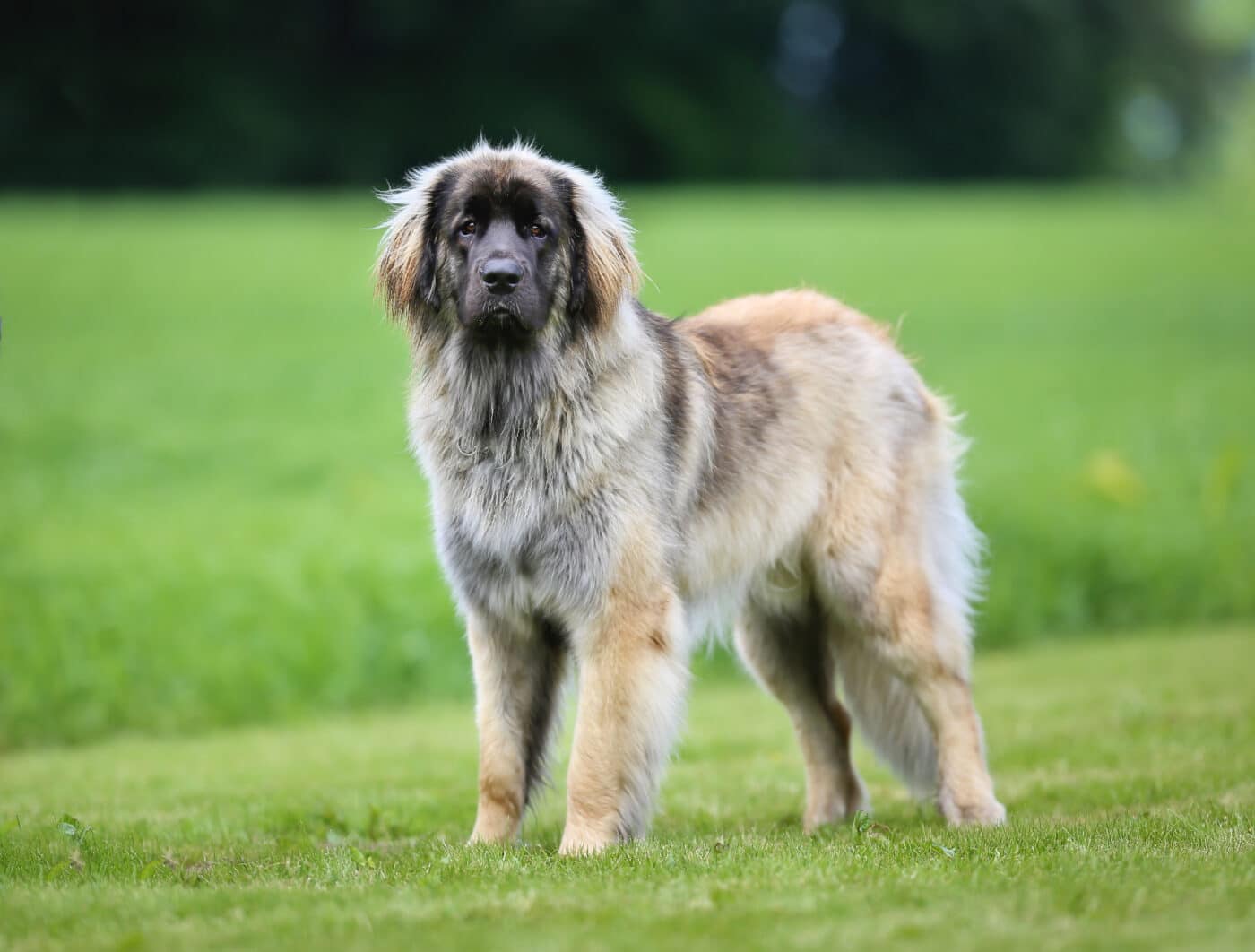 Shutterstock
Shutterstock
Owning a dog can be one of the most rewarding experiences, but it often comes with various expenses, from food and grooming to unexpected veterinary bills. While many people are familiar with the health concerns of popular breeds like Bulldogs or German Shepherds, some lesser-known breeds also come with high veterinary costs due to their unique genetic makeup, physical structure, or predisposition to specific health conditions. While rare and fascinating, these breeds may require extra care and significant financial commitment to keep them healthy.
Neapolitan Mastiff
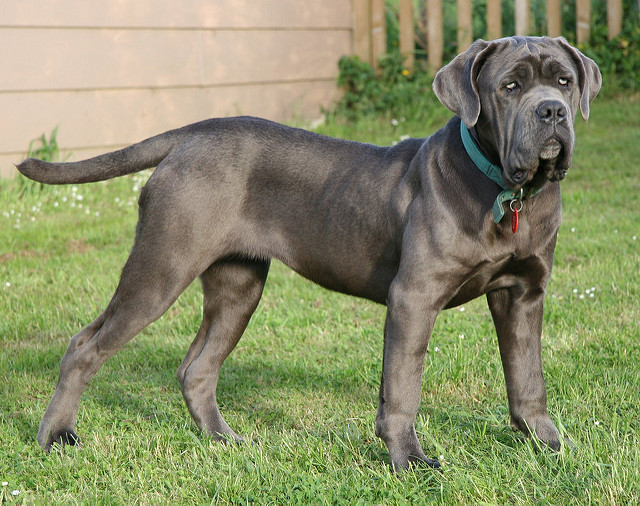 Shutterstock
Shutterstock
The Neapolitan Mastiff is a large, powerful breed known for its wrinkled skin and massive frame. Unfortunately, this majestic dog often has significant health concerns that can lead to high veterinary bills. Due to their size, Neapolitan Mastiffs are prone to hip and elbow dysplasia, both of which require expensive treatments or surgeries. Additionally, they may suffer from bloat (gastric torsion), a life-threatening condition that often requires emergency surgery. Their heavy, wrinkled skin also predisposes them to infections and conditions like entropion, where the eyelids roll inward, causing irritation. These health issues make the Neapolitan Mastiff a breed that can lead to frequent vet visits and substantial costs.
Tibetan Mastiff
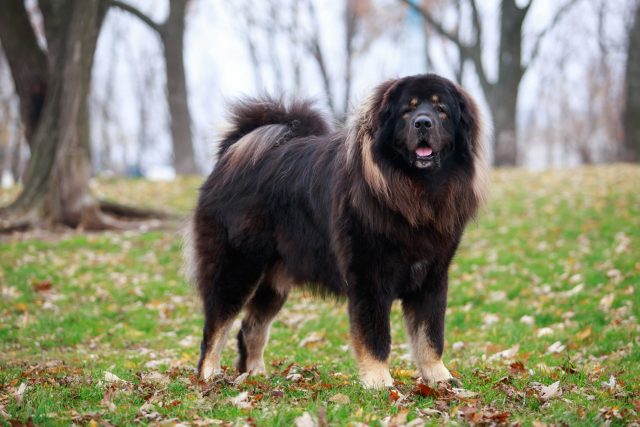 Shutterstock
Shutterstock
Tibetan Mastiffs, known for their massive size and thick coat, are an ancient breed that once guarded livestock in the Himalayas. However, their impressive size and dense coat come with health challenges. One major issue is hip dysplasia, a common problem in larger breeds, which can lead to arthritis and require costly surgical interventions. They can also develop hypothyroidism, which necessitates lifelong medication and regular blood tests. Additionally, Tibetan Mastiffs are prone to ear infections due to their large, floppy ears, which require consistent care to prevent chronic conditions. All these health concerns can add up to significant veterinary expenses.
Leonberger
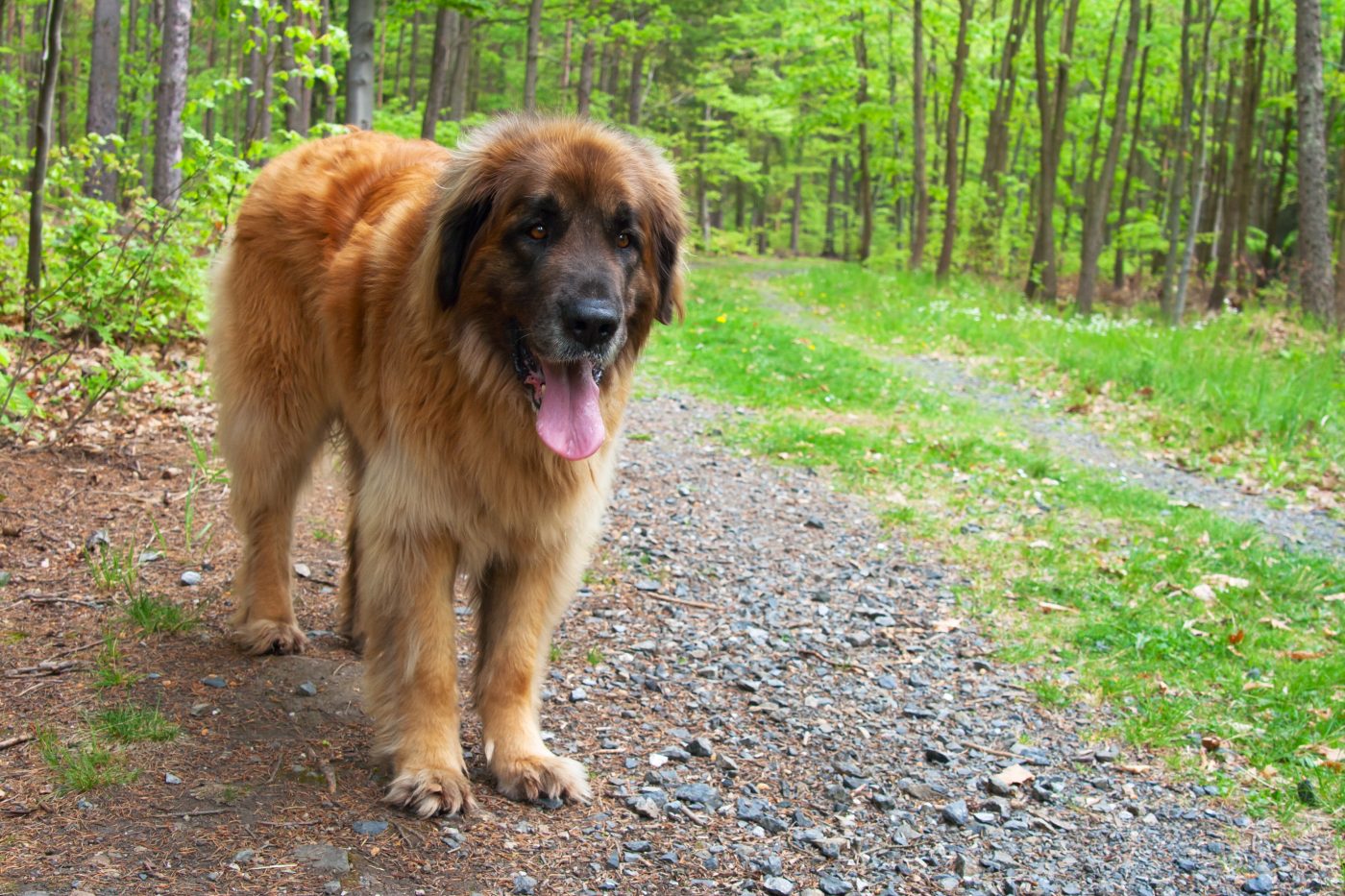 Shutterstock
Shutterstock
Leonbergers are another giant breed that, while stunningly beautiful, often has considerable health issues. Due to their size, Leonbergers are at a higher risk for conditions like hip dysplasia and osteosarcoma (bone cancer), which can lead to extremely expensive treatments. They are also prone to heart problems, particularly dilated cardiomyopathy, which requires ongoing medication and regular echocardiograms. Leonbergers have thick coats that can lead to skin infections if not properly groomed, and like many large breeds, they are susceptible to bloat, which can result in emergency surgeries. Caring for a Leonberger’s health can lead to hefty vet bills over the course of their life.
Dogo Argentino
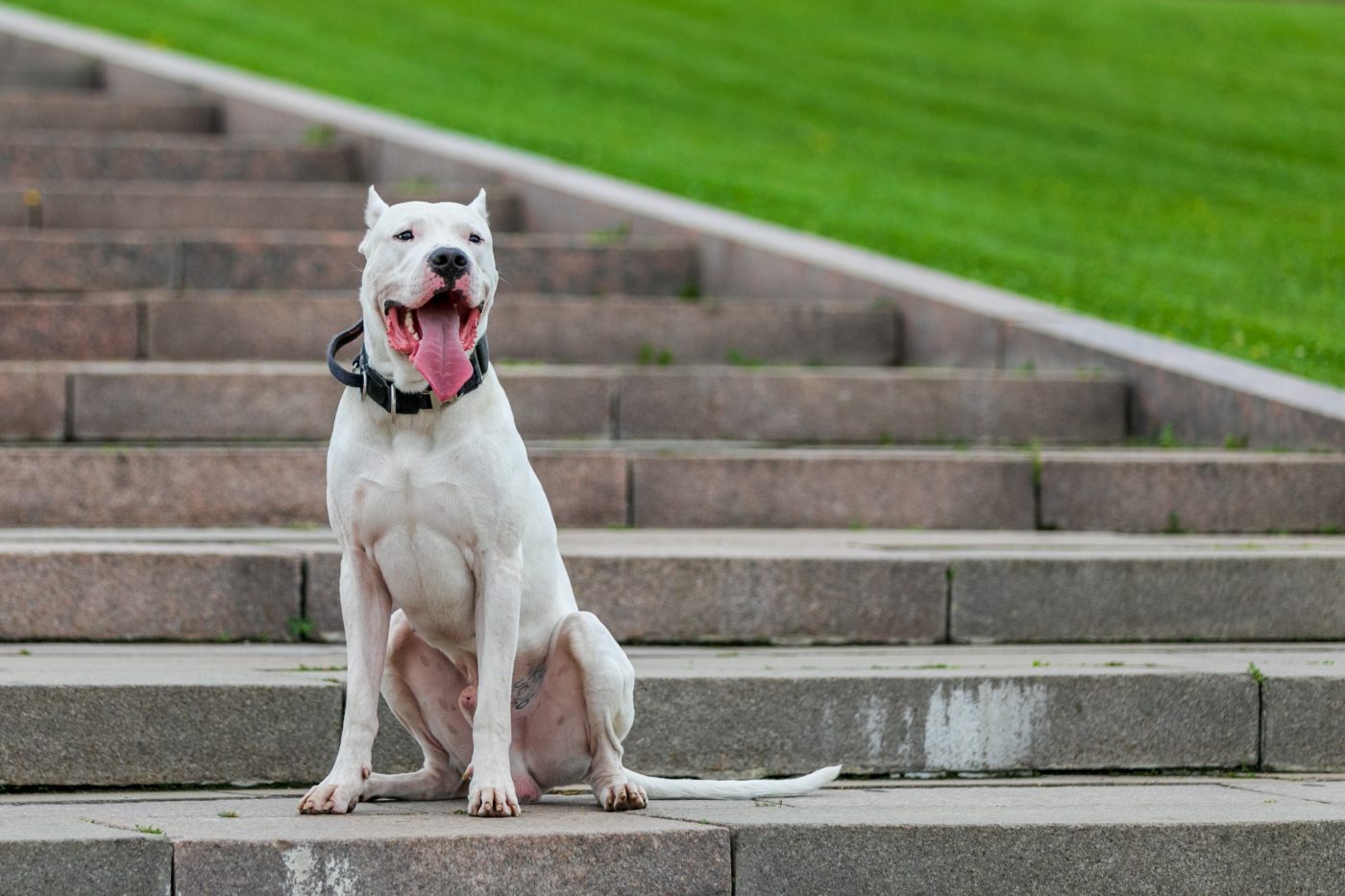 Shutterstock
Shutterstock
The Dogo Argentino is a powerful and athletic hunting breed, originally bred for big game hunting. While they are known for their strength and endurance, Dogo Argentinos are prone to several health problems that can result in expensive veterinary care. One major issue is deafness, which affects a significant portion of the breed. This often requires testing and specialized care. Additionally, they are prone to hip dysplasia, skin allergies, and hypothyroidism, all of which require ongoing veterinary treatment. The combination of these potential issues can lead to high medical costs over the life of a Dogo Argentino, making them a breed that often comes with significant vet bills.
Irish Wolfhound
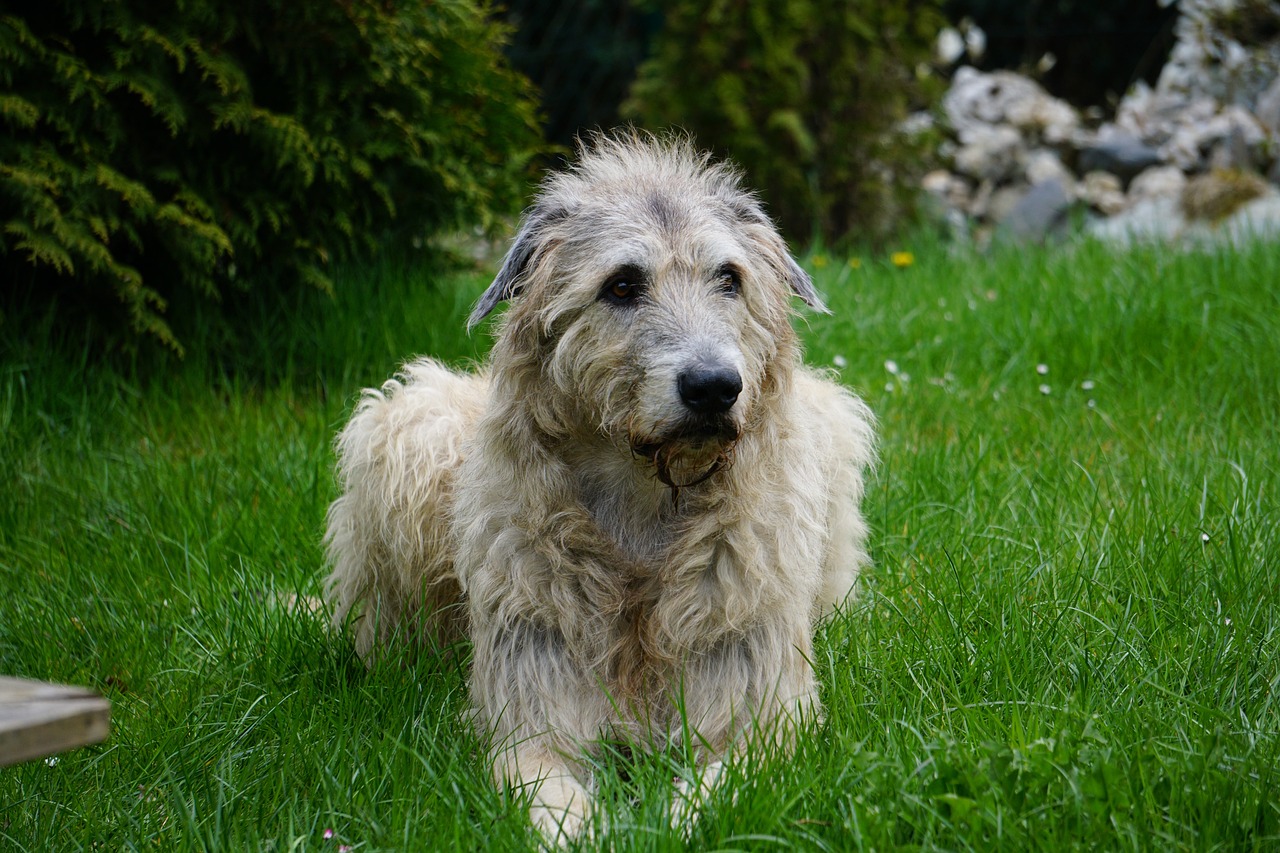 Shutterstock
Shutterstock
Irish Wolfhounds are one of the tallest dog breeds in the world, known for their gentle nature and impressive stature. However, their size also has a shorter lifespan and various health issues. One of the most concerning conditions for this breed is osteosarcoma, a type of bone cancer that can be devastating and requires expensive treatments, including surgery and chemotherapy. Irish Wolfhounds are also prone to heart disease, particularly dilated cardiomyopathy, which requires lifelong medication and regular vet visits. Their size also makes them more susceptible to joint issues like hip and elbow dysplasia, which can require costly surgeries. Due to their health concerns, owning an Irish Wolfhound often involves considerable veterinary expenses.
Basenji
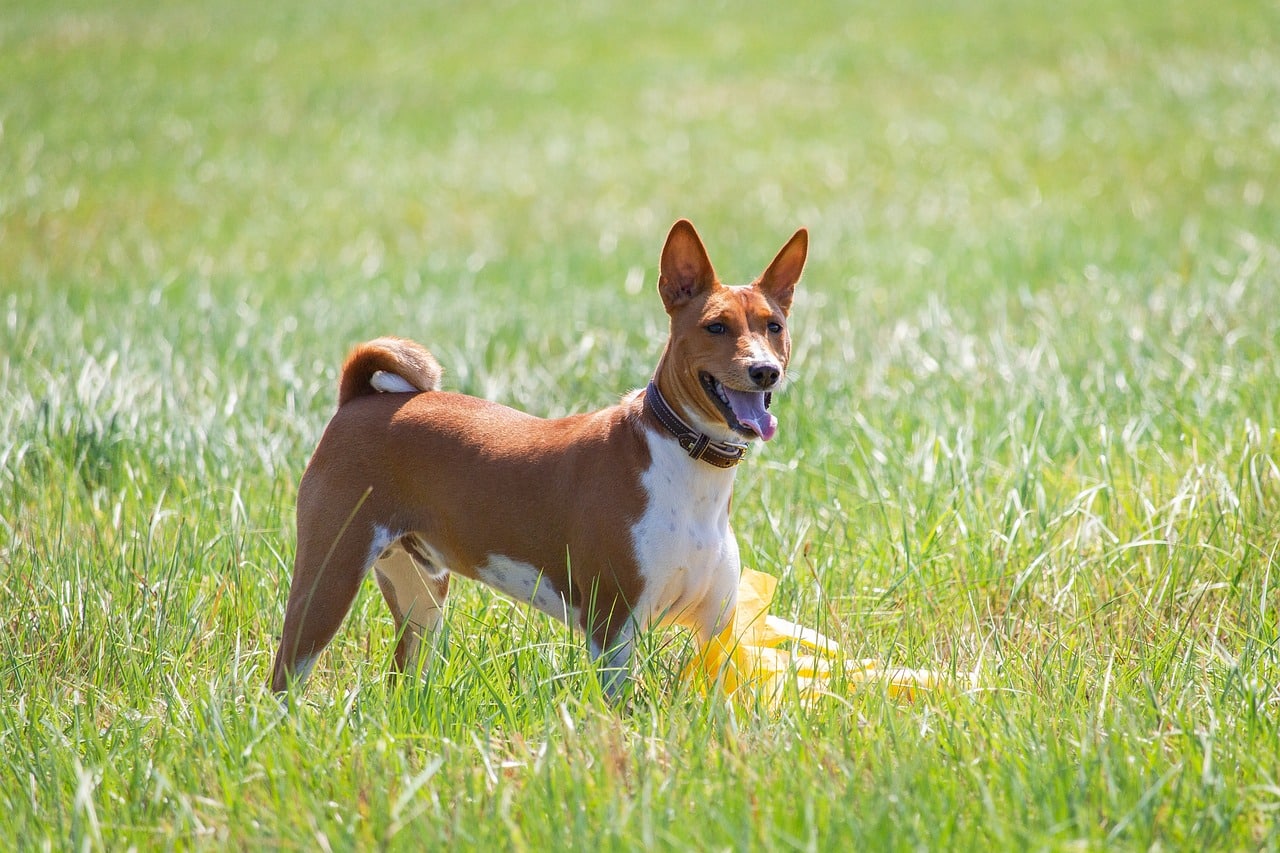 Shutterstock
Shutterstock
The Basenji is a small, ancient breed known for its unique yodel-like bark and sleek, athletic build. While Basenjis are generally healthy, they are prone to certain genetic conditions that can result in high vet bills. One of the most common issues is Fanconi syndrome, a kidney disorder that affects the breed and requires lifelong treatment, including medication and regular blood tests. Additionally, Basenjis can suffer from progressive retinal atrophy (PRA), which leads to blindness and may require expensive diagnostic testing and management. While smaller in size and not prone to many of the joint issues that affect larger breeds, the Basenji’s unique genetic predispositions can still lead to significant medical costs.
Lagotto Romagnolo
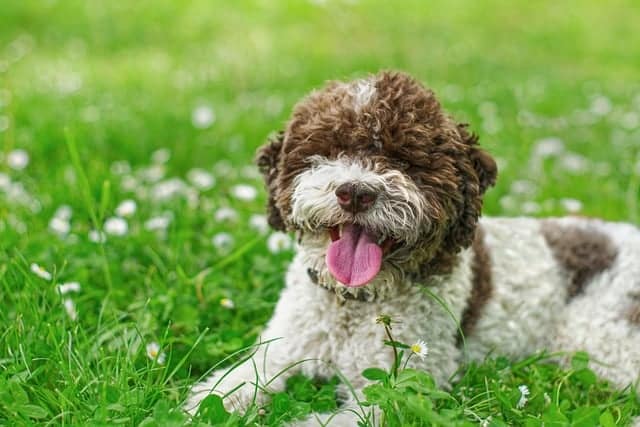 Shutterstock
Shutterstock
The Lagotto Romagnolo is an Italian breed known for its curly coat and exceptional truffle-hunting abilities. Despite being a relatively healthy breed, the Lagotto Romagnolo is prone to some genetic conditions that can result in high veterinary expenses. One such issue is juvenile epilepsy, which can require lifelong medication and regular veterinary monitoring. Additionally, they can develop hip dysplasia and certain skin conditions that need ongoing care. Their dense coat also requires frequent grooming to prevent matting and skin infections. While not as prone to health problems as some larger breeds, Lagotto Romagnolos still have potential vet bills that can add up over time.
Czechoslovakian Vlcak
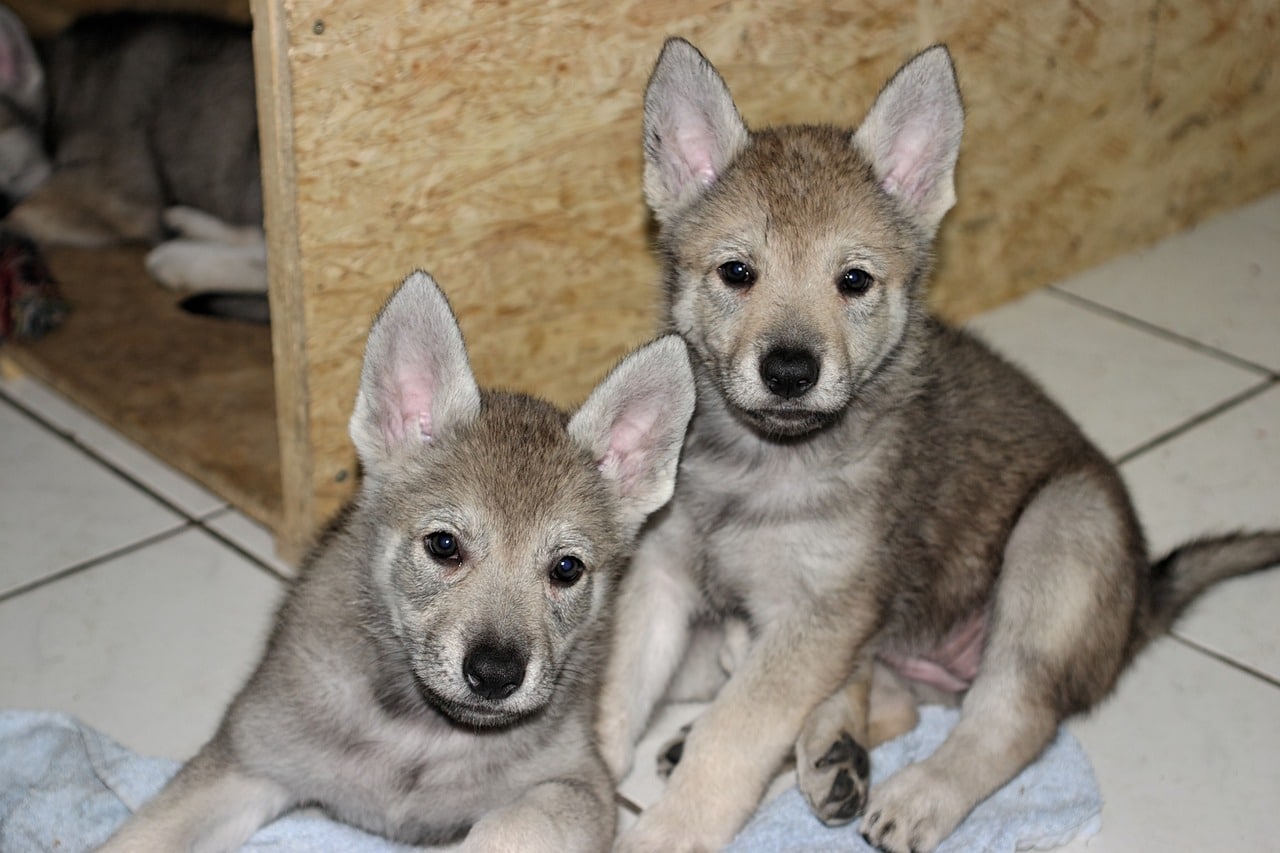 Shutterstock
Shutterstock
The Czechoslovakian Vlcak, also known as the Czechoslovakian Wolfdog, is a relatively new breed with a striking resemblance to its wolf ancestors. While this breed is known for its endurance and intelligence, it is also prone to health issues resulting in significant veterinary costs. One of the primary concerns for Czechoslovakian Vlcaks is hip dysplasia, which can lead to arthritis and require expensive surgeries. Additionally, they may suffer from degenerative myelopathy, a progressive spinal cord disease that can result in paralysis and requires costly diagnostic tests and management. These health conditions make the Czechoslovakian Vlcak a breed that often comes with large vet bills, despite its robust appearance.
Expect the Unexpected with These Breeds
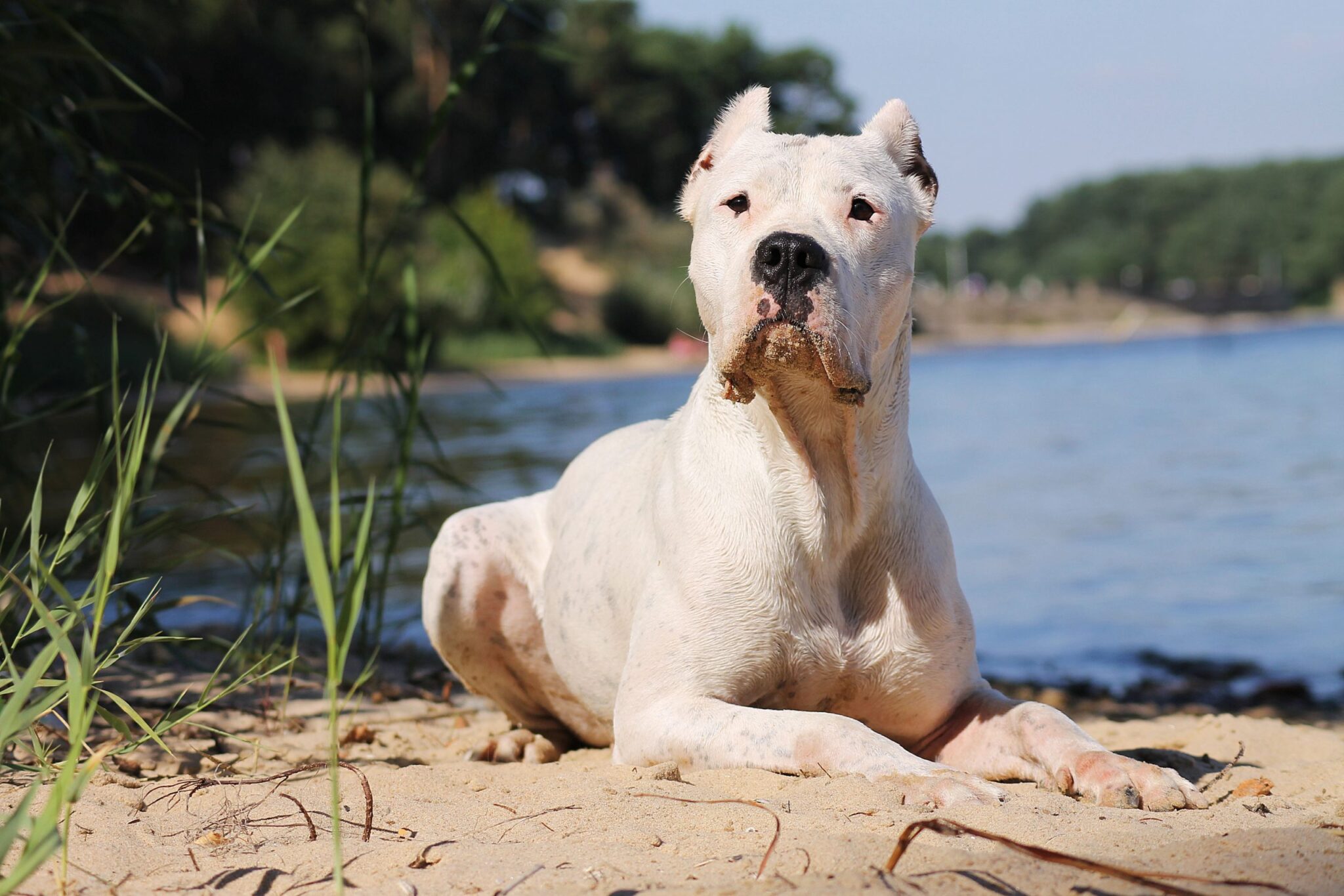 Shutterstock
Shutterstock
While these lesser-known breeds may offer unique traits and characteristics, they are more likely to have significant veterinary expenses. From genetic conditions to size-related health problems, the costs of caring for these breeds can quickly add up. Owners of breeds like the Neapolitan Mastiff, Dogo Argentino, or Irish Wolfhound should be prepared for the possibility of frequent vet visits, expensive treatments, and long-term medical care. Prospective owners need to research these breeds thoroughly and ensure they are ready for the financial responsibility that comes with their care. While the rewards of owning these distinctive dogs are plentiful, the cost of maintaining their health is not something to be overlooked.
 Toledo, United States.
Toledo, United States.
